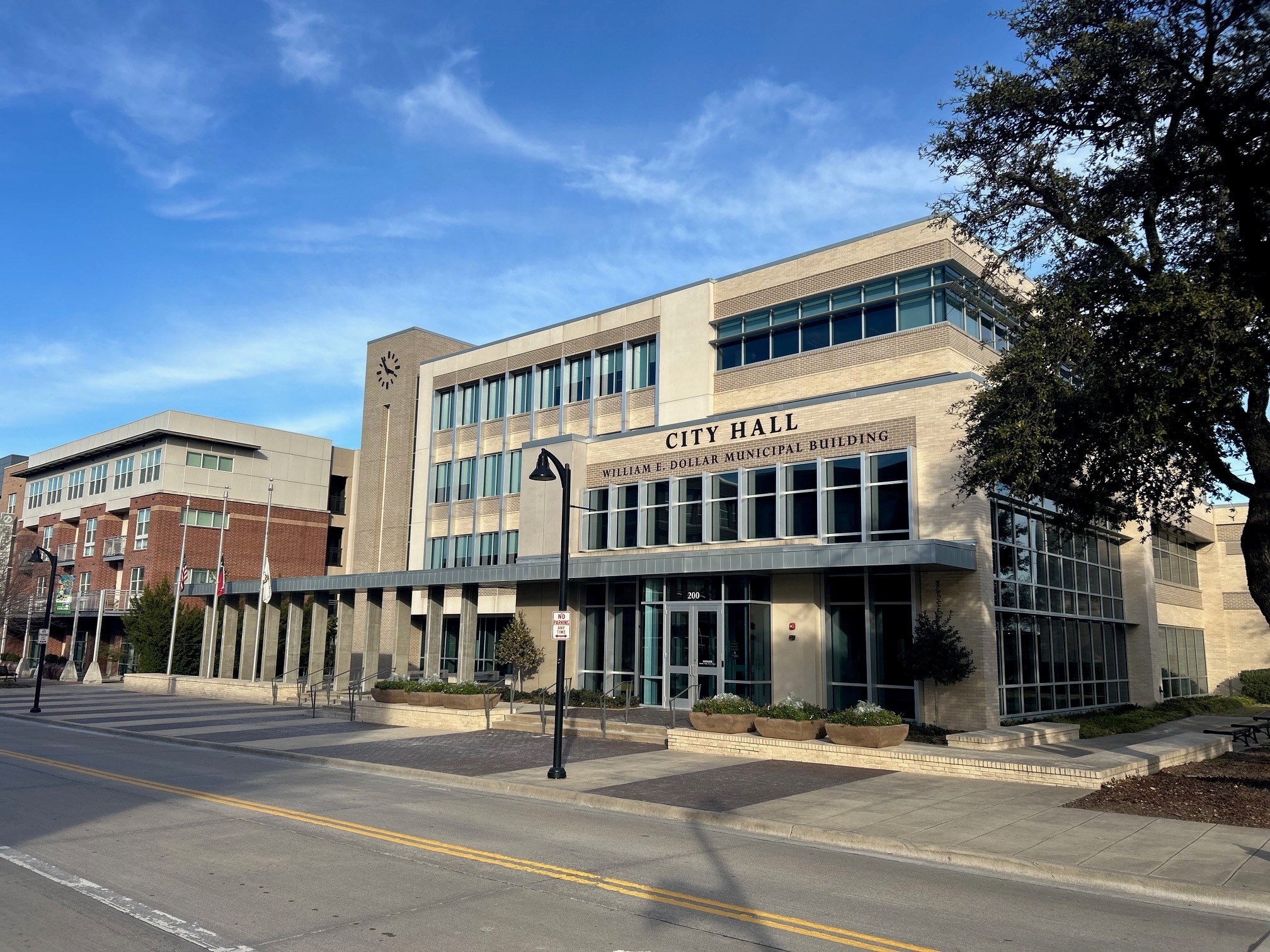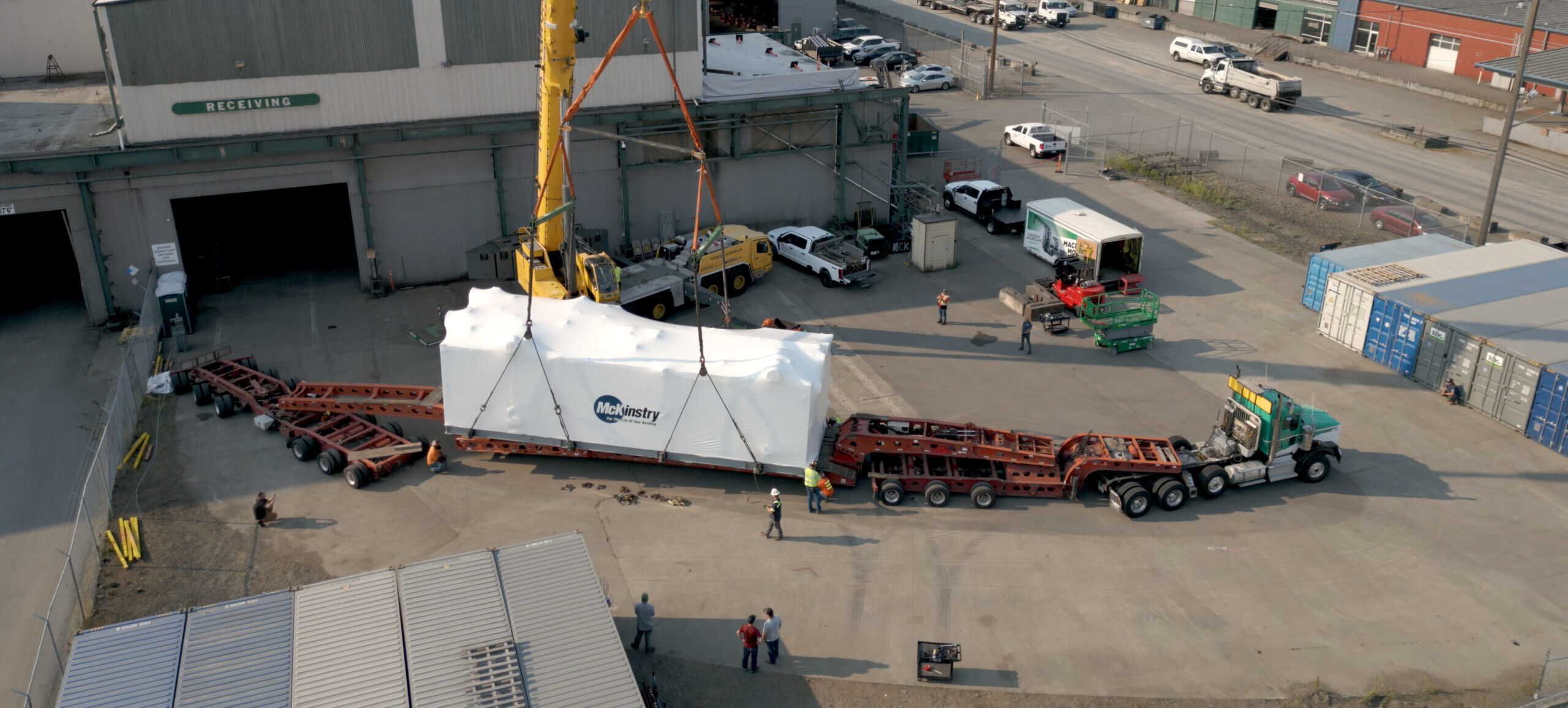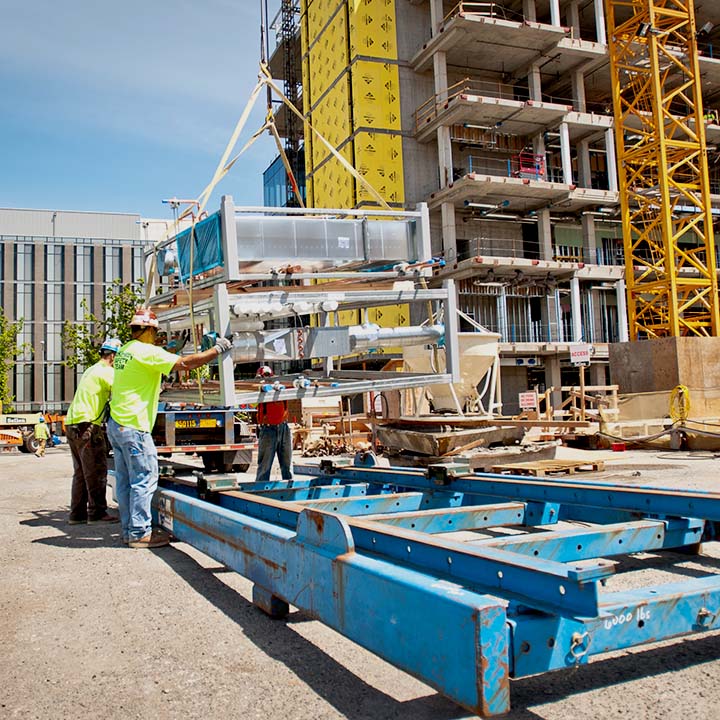University of Washington Medicine in Seattle, Washington
Developing critical environment facilities come with inherent challenges and costly requirements. That’s what the University of Washington (UW) Medicine Phase 3.2 project because of an aggressive schedule, building onto occupied space and doing so in the middle of a densely populated downtown neighborhood. McKinstry’s involvement as an early collaborator opened the door for a new approach that delivered intended outcomes and maximum value to all project stakeholders.
McKinstry leveraged a design-build delivery approach to integrate mechanical, electrical and fire protection services on three floors of medical clinic space and five floors of research lab space. This approach enhanced project coordination and unlocked time and cost savings.
Notable project innovations included chilled beam cooling for high heat load areas, combined general exhaust/fume exhaust systems, in-slab conduit for power distribution and a complete integrated package of low voltage distributed antenna system (DAS), security and wi-fi systems.
Innovating the Waste Out of a Job Site
Project executives and field leadership worked together to develop innovative multi-trade racks to save time, reduce cost and increase jobsite productivity while installing the MEP distribution systems. Prefabricated racks were hoisted onto each floor, then immediately installed overhead within the same day, reducing floor space needed for storage as well as accelerating the overhead rough-in schedule. We achieved this through early planning to ensure ceiling heights and corridor walls were appropriately adjusted for the prefabricated assemblies. This required continued, transparent communication with design, general contractor, trade and facilities teams to optimize facility accessibility and maintenance.

Seattle, WA

168,000

Mechanical and Plumbing
Electrical and Technologies
Fire Protection

Healthcare
Life Sciences
Education
“We sincerely appreciate [McKinstry’s] responsiveness and the way they conduct business, including an acute attention to project schedule, quality control and overall attitude toward integrated delivery. Their leadership allowed the team to execute the work in an efficient and timely manner.”
Explore other projects

Future-Proofing Garland’s Facilities
How a Comprehensive Audit and Assessment Is Helping the City Plan for the Future

What is Offsite Manufacturing? The Future of Construction…
How Prefabrication and Modular Construction are Transforming the AEC Industry McKinstry has been a leader in the b…

Denver Community Solar Garden: Abraham Lincoln High School
The City and County of Denver recently unveiled its new community solar garden in partnership with Denver Public Scho…

